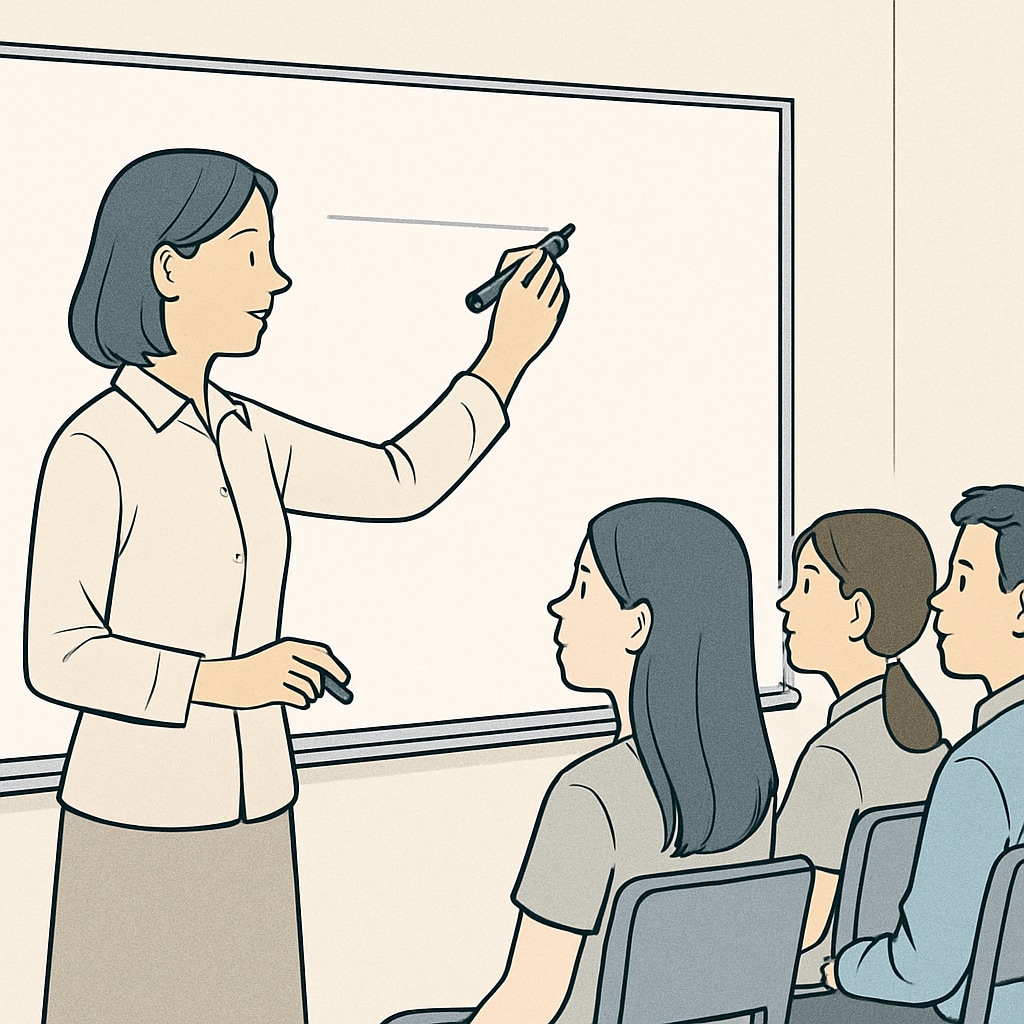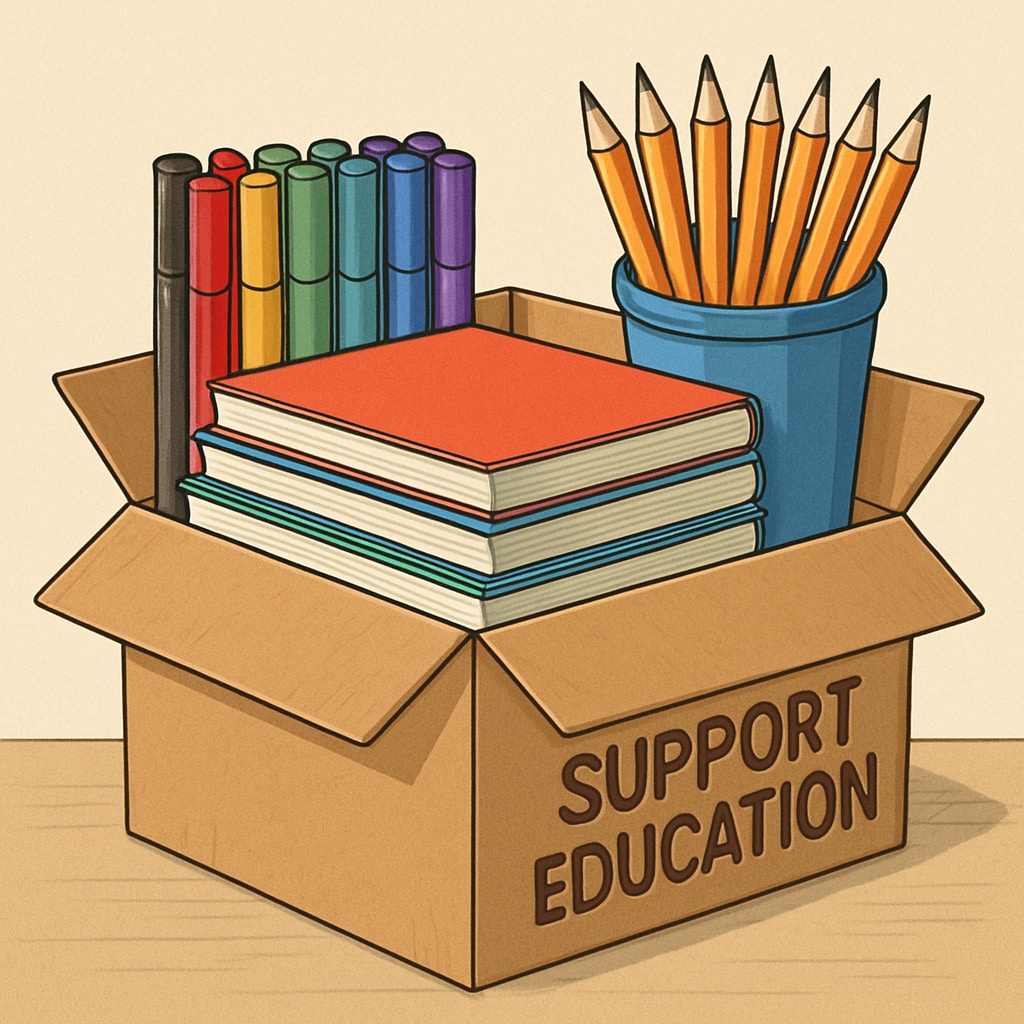The importance of teacher support, classroom donation, and school supplies cannot be overstated in today’s education system. Across the globe, many teachers face the challenge of underfunded schools, often reaching into their own pockets to provide basic materials like markers, notebooks, or art supplies. This silent sacrifice, while commendable, highlights a systemic issue that communities can help resolve. By contributing even small items—such as a pack of whiteboard markers—you can support educators and enable a more effective learning environment for students.
Why Classroom Donations Are Crucial
Education is the foundation of a thriving society, yet many classrooms struggle with inadequate resources. According to a report by the National Center for Education Statistics, over 90% of teachers in the United States purchase supplies for their classrooms with personal funds. This situation is not unique to one country; it’s a global challenge. When teachers are burdened with these additional costs, it can detract from their ability to focus on teaching. Classroom donations not only alleviate this financial strain but also empower teachers to create dynamic and engaging lessons.
For instance, consider the simple whiteboard marker. It’s an inexpensive item, yet it’s indispensable in most classrooms. Without it, teachers may struggle to deliver lessons effectively. A small donation of such supplies can have a ripple effect, improving the quality of education for dozens of students.

How Small Contributions Create Big Changes
Many people underestimate the impact of small donations. You don’t need to fund an entire library or donate expensive technology to make a difference. In fact, small contributions, when pooled together, can address significant gaps. For example:
- Whiteboard markers: Essential for interactive teaching and brainstorming sessions.
- Notebooks and pencils: Basic tools that every student needs to participate fully in lessons.
- Craft supplies: Encourage creativity and hands-on learning in younger students.
By donating these items, you’re not just providing tools—you’re sending a message to teachers and students that their education matters. This kind of moral support can inspire both educators and learners to strive for excellence.

Ways to Support Your Local Classrooms
If you’re inspired to help, there are several ways to get involved:
- Donate directly to schools: Most schools have lists of needed items. Contact your local school and ask what’s required.
- Participate in donation drives: Many organizations run back-to-school campaigns where you can contribute supplies or funds.
- Adopt a classroom: Some platforms allow you to sponsor a specific teacher or classroom, ensuring your donation directly benefits their needs.
In addition, consider spreading the word. The more people who understand the importance of classroom donations, the greater the collective impact. Share stories, organize community events, or advocate for increased education funding at the local level.
The Long-Term Impact of Supporting Education
Investing in education has long-term benefits for society. When teachers are supported and students have access to the necessary tools, the outcome is a better-educated population. This, in turn, leads to a more skilled workforce, reduced inequality, and stronger communities. By donating school supplies, you’re not just helping today’s students—you’re contributing to a brighter future for everyone.
As Nelson Mandela famously said, “Education is the most powerful weapon which you can use to change the world.” Your small gestures, such as donating a pack of whiteboard markers, can be part of this transformative process. Together, we can bridge the gap in educational resources and ensure that every child has the opportunity to succeed.
Readability guidance: This article uses short paragraphs and lists to ensure clarity. Transition words like “for example,” “in addition,” and “as a result” connect ideas smoothly. The content balances informative statistics with actionable advice, making it both engaging and practical for readers.


